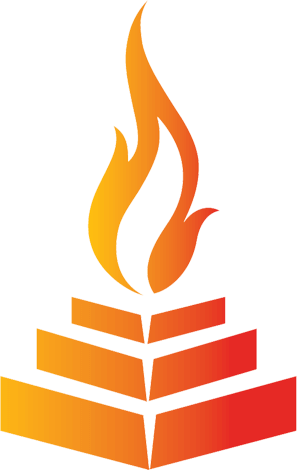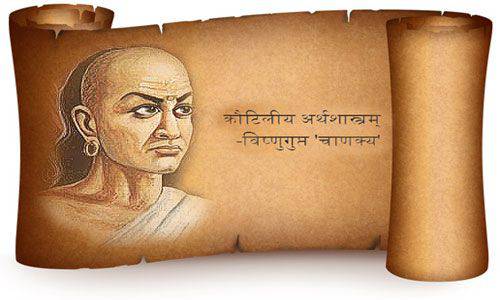
Annual Giving Campaign - 2024-2025 is under way. Donate today by Clicking Here, and help us reach our goal.
So far $522,324 has been raised out of a target of $ 3 Million. Click Here to donate today and help us reach our goal.

$1,500.00

Admission into a Program of Study

As a result of taking this course, students will be able to

In this course, students will use the works R. P. Kangle, L. N. Rangarajan, and S. Mitra and M. Liebig on Arthashastra. Kangle’s translation and interpretation of Arthashastra in 1960s, Rangarajan’s book on the classic in 1990s, and Mitra and Liebig’s work in recent times, in a way complement each other and combined they provide comprehensive, engaging and diverse picture of the classic, its core ideas and key concepts, and its relevance to modern times. Besides these texts, we will use select online articles and audio-visual resources, to be provided by the instructor.
The weekly modules will cover multiple themes. For example, students will explore prospects of a Hindu theory of polity and situate Kautilya’s Arthashastra in that larger context. They will factor life and time and Kautilya in order to understand his ideas from a historical perspective. After these initial explorations, the students will explore Kautilyan Realism and compare and contrast it with the Western theory, which has apparently not given due acknowledgement to Kautilya in the development of the theory.
Students will also study various elements of state, i.e. saptanga, as conceived by Kautilya, and its various implications. They will examine his theory of foreign policy as encapsulated in the concepts of mandala and shadgunya, and in this backdrop they will examine his approach to war and peace.
In the later part of the semester, students will examine the Indian scenario from a Kautilyan perspective. They will examine the questions, for example – how far has India since its independence factored Kautilyan ideas in policymaking? After examining the Indian context, they will expand their analysis to the global context and examine contemporary debates on it. While developing a deeper understanding of the text, they will apply Kautilyan ideas to a modern conflict and explore solutions to it.
There will be 3 contact hours with the faculty every week. The class is structured in a way that promotes discussion and debate based on self-study, research, and writing assignments each week. At the end of the course, students will be required to submit a short essay.
$1,500.00

Sign-up for HUA communications
Main Campus:
Administrative Office:
Sign-up for our free webinars
"*" indicates required fields
On the program page, there are multiple payment plan options to choose from.


